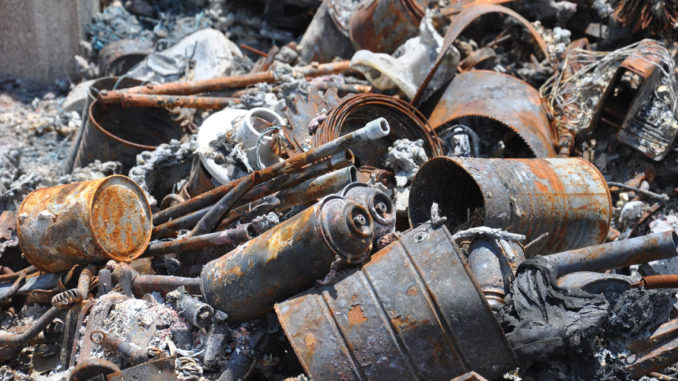
In winter, people use various ways to keep their homes warm. According to the National Fire Prevention Association (NFPA), heating equipment is the leading cause of fires in U.S. homes and nearly half of all home heating fires occur in December, January, and February. The Office of the Utility Consumer Advocate (UCA) is offering Coloradans these safety tips when using furnaces, space heaters, and fireplaces, to heat their homes.
Furnace Safety and Maintenance
When outdoor temperatures plummet, many of us depend on a gas furnace to provide our home with warmth and comfort. There are risks worth considering, however, such as a fire and/or carbon monoxide exposure. If you have a gas furnace, you must:
- Have your furnace professionally cleaned and inspected before each heating season.
- Keep the area around your furnace clean of debris, lint, and dust. Do not store any items such as papers, clothes, paint, rags, etc. near the furnace.
- Do not store anything flammable or combustible nearby.
- Clean or replace your furnace filters every 1 to 3 months during the winter to reduce energy costs and improve the air quality in your home.
Electric Space Heater Safety
Safety must be your top priority when using electric space heaters. The U.S. Consumer Product Safety Commission estimates that more than 25,000 residential fires every year are associated with the use of space heaters, resulting in more than 300 deaths. In addition, an estimated 6,000 people receive hospital emergency room care for burn injuries associated with contacting the hot surfaces of space heaters, mostly in non-fire situations.
When buying and operating a space heater, follow these guidelines:
- Purchase only newer model electric space heaters that have all the current safety features such as a tip-over safety switch, overheat protection, and an adjustable thermostat to help save energy.
- Always place the heater on a level surface away from foot traffic.
- Be especially careful to keep children and pets away from the heater. Keep at a minimum a three-foot “kid-free zone” around all heaters.
- Do not use an extension cord or power strip. Plug the heater into a wall outlet only.
- Never leave space heaters unattended while operating and always turn the heater off or unplug it when exiting the room.
- Never leave the space heater on overnight.
Fireplace Safety and Maintenance
While a wood-burning fireplace adds warmth and comfort to a home during the colder months, safety must be top of mind. Here are some tips on how to operate and maintain a fireplace.
- The National Fire Protection Association recommends chimneys be swept at least once a year, at the beginning of winter, to remove soot and debris by a chimney specialist.
- Be sure the flue is open before lighting your fire to help ensure the fireplace will vent properly. Do not close your damper until you are sure the fire is out.
- When starting a fire, only use a match or gaslighter.
- Never use flammable liquids to start a fire. They can produce toxic chemicals that can enter your living space.
- Metal mesh screens should remain closed whenever your fireplace is in use to help keep embers in the fireplace.
- Only use dry wood in your fireplace. Wet wood can increase creosote buildup, which can lead to chimney fires.
- Never leave a fire in a fireplace unattended. Before leaving the house or going to bed, you should make certain to fully extinguish the fire.
- Allow ashes to cool completely before disposing of them — ashes can take several days to cool completely. Never empty ashes directly into a trash can. Instead, place ashes in a covered metal container located at least 10 feet away from your home and any other building.
Other Winter Heating Safety Tips
- Never use an oven or stovetop to heat your home.
- Use carbon monoxide detectors. Since carbon monoxide can be produced by a number of fuel-burning devices, it’s important to have carbon monoxide alarms on every level of your home. This will ensure every person in the home can hear and be alerted to the emergency.
- Test smoke alarms and carbon monoxide detectors monthly, and after you change the batteries to ensure they work properly.
The UCA has also put together a helpful infographic detailing the safety tips. Go to uca.colorado.gov for more information.
Support Northern Colorado Journalism
Show your support for North Forty News by helping us produce more content. It's a kind and simple gesture that will help us continue to bring more content to you.
BONUS - Donors get a link in their receipt to sign up for our once-per-week instant text messaging alert. Get your e-copy of North Forty News the moment it is released!
Click to Donate
